
10 Hardest and Easiest Programming Languages in 2025
Apr 22, 2025 6 Min Read 196558 Views
(Last Updated)
If you are a beginner who wishes to start learning to code, it’s natural to look for the easiest programming language to start your programming journey. There are close to five hundred programming languages that modern coders use.
While most languages are pretty easy, some of them are the hardest programming languages to learn. It’s important to understand that the difficulty of a programming language is subject to vary by individuals, their skills, and experience.
With this article, we have tried to rank some of the common programming languages from easiest to hardest. You can check out their use cases and their pros/cons below to get the best out of your coding journey.
Table of contents
- Programming Languages: Easiest to Hardest Ranked in Order
- HTML
- JavaScript
- Python
- Ruby
- JAVA
- C++
- Assembly Language
- Prolog
- Haskell
- Malbolge
- Which Programming Language Should You Learn?
- Intention
- Use Case
- Difficulty Level
- Learning Resources and Community
- Final Words
- Easiest Programming Language to Learn FAQs
- Which is the easiest programming language to learn?
- Which is the easiest programming language to start coding?
- What is the hardest coding language to learn?
- Which coding language should I learn first?
- How much time does it take to learn coding?
Programming Languages: Easiest to Hardest Ranked in Order
HTML, JavaScript, Python, PHP, and Ruby are considered the easiest programming languages to learn. They have relatively simple syntax and have readymade functions or libraries. This makes it pretty beginner-friendly and one of the most popular programming languages.
Whereas, languages like C++, Assembly Language, and Esoteric Languages (Cow, Malbolge, Whitespace, etc.) are considered among the hardest programming languages to learn. Some of them are hard enough to put their makers in distress. Others are complex in their syntax but offer high-efficiency results for specific requirements.
Check out the top programming languages ranked in order from easiest to hardest:
Thinking about learning to code but not sure where to start? JavaScript is one of the easiest and most in-demand programming languages today. It’s beginner-friendly, widely used across web development, and a stepping stone to mastering full-stack development.
To help you get started, we’ve put together a free JavaScript ebook that covers the basics, key concepts, and real-world applications. Whether you’re a complete beginner or brushing up your skills, this ebook will be your perfect guide!👉 [Download Your Free JavaScript Ebook]
1. HTML
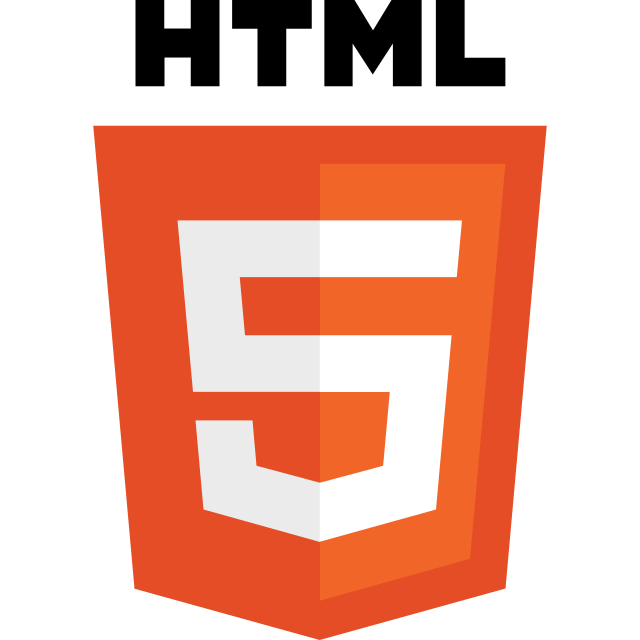
HTML or Hypertext Markup Language, is a markup language, rather than a programming language. Still, it is one of the first steps taken in the journey of learning coding. It gives a good idea of the basics of programming, hence it can be referred to as the easiest programming language to learn. It is used to define the text, color, and appearance of other dynamic elements/buttons on the webpage.
Applications of HTML
- Create web pages
- Define web element structures
- Defines the appearance of web elements
- Modified versions of HTML are used to define pages and entire web applications. Eg: FBML in the case of Facebook.
Why HTML is Easy
- Easy to understand, learn, and remember the syntax
- Simple open and close tags to implement core actions
- Easy debugging
Check out a Hello World program in HTML
2. JavaScript
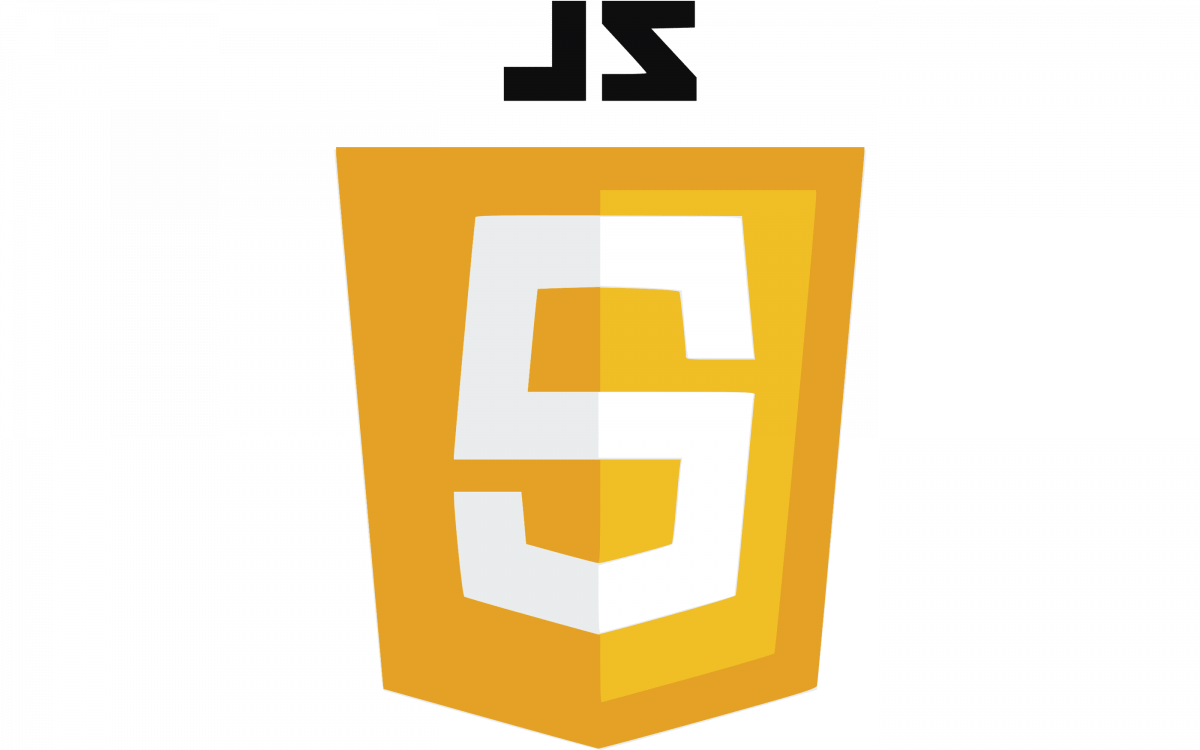
JavaScript is a web programming language that allows you to develop interactive client-side web elements or web pages. It’s one of the easiest programming languages for beginners.
Combined with HTML and CSS along with frameworks like Node, Angular, and React, one can build both client-side and server-side web applications and websites. Hence, it’s considered among the best programming languages for web development.
Applications of JavaScript
- Build client-side of the website
- Build served side through in combination with Node.JS
- Build browser-based games
- Develop interactive, engaging mobile and web applications
Why JavaScript is Easy
- It can be compiled with most browsers to get real-time results
- Highly popular. Thus, many resources for effective learning
- Greater results in fewer efforts
- Great building block to learning other languages
Here’s a basic Hello World program in JavaScript
3. Python
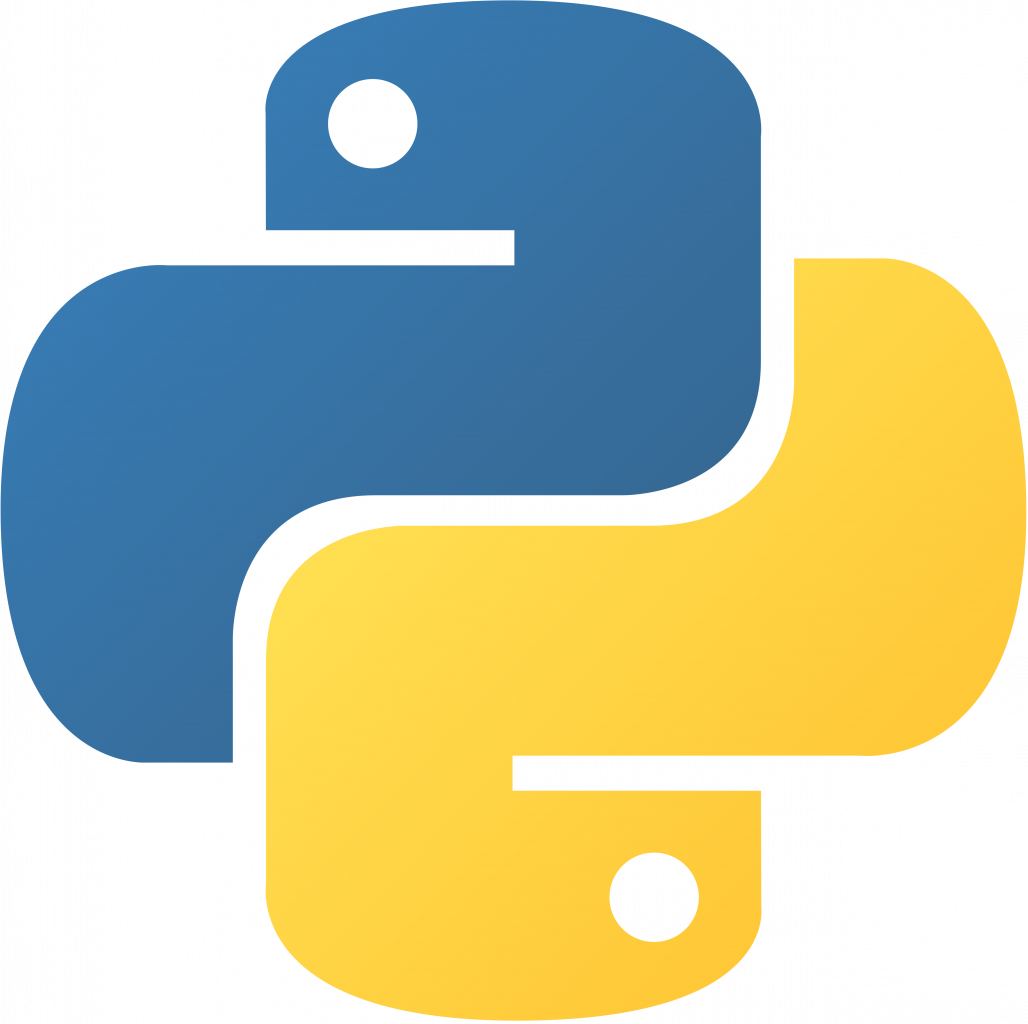
Python is a fairly easy, all-purpose programming language to learn because of its easy-to-understand syntax and variety of libraries, and readymade functions. This makes Python a good language for beginners to learn as well. Python has a wide variety of applications. It is a programming language that doesn’t have a steep learning curve yet allows learners to enter high-paying careers.
Applications of Python
- Extensively used for machine learning
- Used for data science and data analytics
- Create programs for IoT and electronics
- Web development through Django or Flask
Why Python is Easy
- It uses English words in its syntax making Python programs highly readable and understandable
- The syntax uses a lot of white space which makes it appear less overwhelming
- It’s easy to debug
- A great number of readymade libraries and functions
Find a basic Hello World program in Python.
4. Ruby

Ruby was born after combining several programming languages. It’s an open-source natural programming language and focuses on simplicity and productive use for back-end programming.
Applications of Ruby
- Building servers
- Helps in web scraping and crawling
- Used in software development. Eg: HULU, Shopify, etc.
- Web development through Ruby on Rails
Why Ruby is Easy
- Syntax language uses a lot of English words.
- Minimum and crisp code commands required to implement the heaviest of tasks
- A free and open-source language that provides great flexibility and enables easy modification
- Great community to support new learners
Check out a basic Hello World program in Ruby
5. JAVA
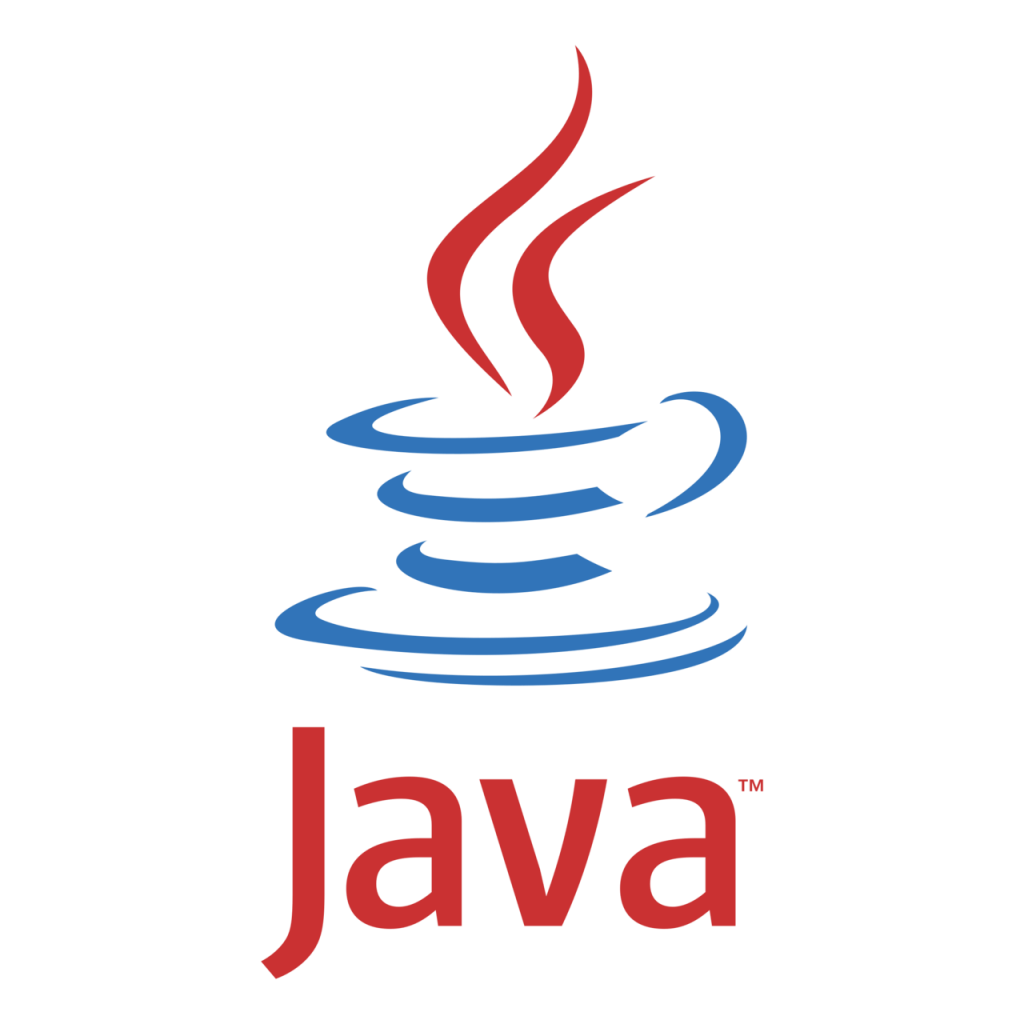
JAVA is one of the most popular programming languages for software and application development. It extensively uses object-oriented programming and is among the easiest programming languages to learn. It works on the Write Once, Run Everywhere concept.
Applications of JAVA
- Build desktop software
- Build mobile applications with elaborate backend support
- Game development
- Big Data applications
Why JAVA is Easy
- Easy for people with prior experience in object-oriented programming
- The syntax uses words from the English language
- Concise nature of codes
Check out a basic Hello World program in JAVA.
6. C++
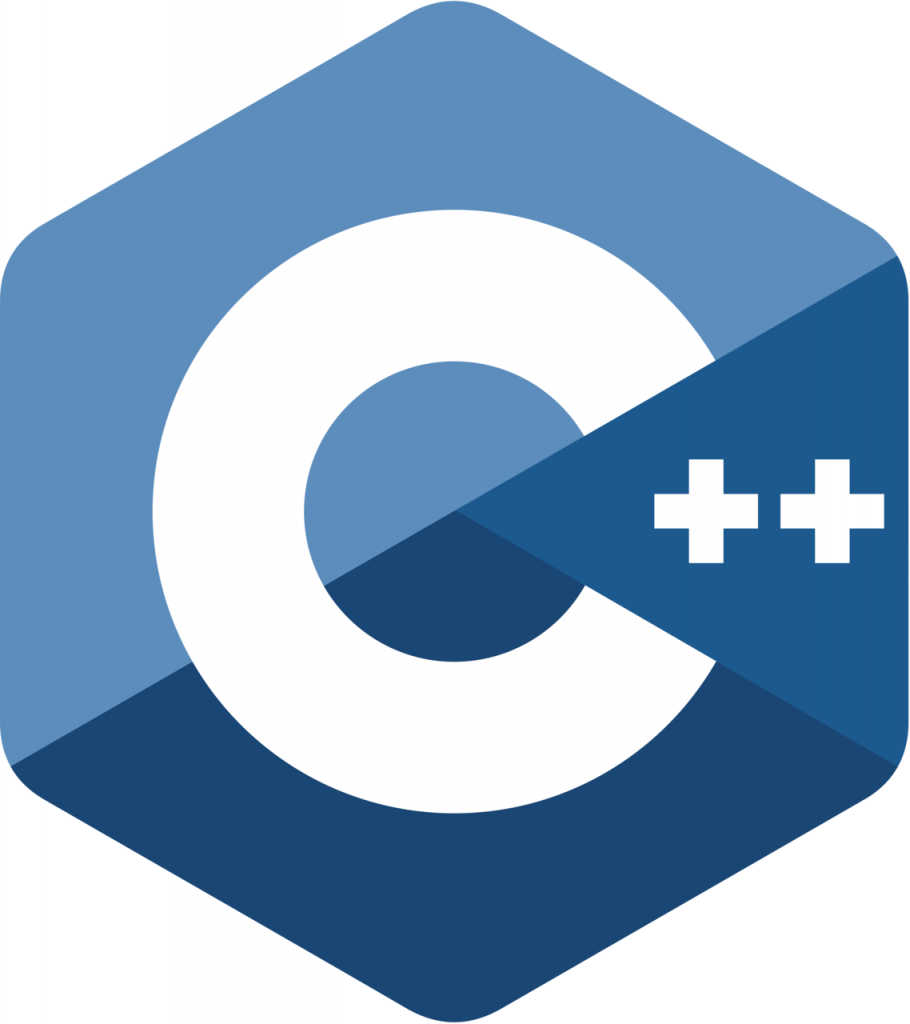
C++ is an extensive programming language that helps build programs where the hardware and software are intricately involved. Interacting with memory is a little difficult in C++ and the advanced syntax could put off beginners.
Applications of C++
- Build operating systems. Eg: Linux Kernel, Google Chrome OS, etc.
- Build elaborate software like Photoshop.
- Build GUI-based applications like Microsoft Office.
- Build database management software
Why C++ is Tough
- It has a very typical, specific, and complex syntax
- It’s difficult to learn without learning C
- It’s tricky to manage memory
- Although highly efficient, C++ is a very dynamic language and it’s a little difficult to keep track.
Here’s how to write a C++ Hello World program.
7. Assembly Language
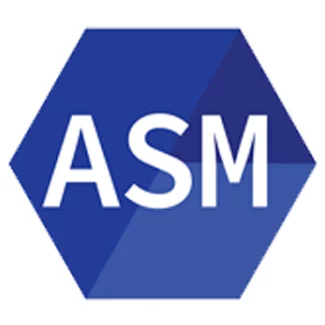
Assembly language is among the hardest programming languages to learn as they’re run and used differently than the above high-level languages. It’s a low-level language used to directly communicate with hardware, only the code is readable by humans.
Reading and understanding Assembly Languages isn’t easy because the codes are assembled. You must also be familiar with the internal functioning of a computer/hardware/CPU to really work with assembly languages, thus making it one of the toughest programming languages to learn.
Applications of Assembly Languages
- Develop hardware
- Develop electronic microprocessors
- High-performance device development
- Build high-frequency trading platforms
Why Assembly Languages Are Tough
- Need a great understanding and interaction of computers with hardware
- It can’t be understood or interpreted without understanding the entire context of the code
- Hard to debug
- As a low-level language, one needs to fulfill a large knowledge gap before learning
- Very complex syntax
Here’s a Hello World program in Assembly language.
8. Prolog
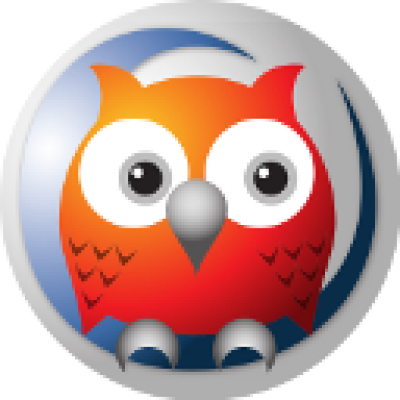
Prolog, meaning Logical Programming lays utmost emphasis on building accurate logic from the start. It is one of the best programming languages for at language for AI and Natural Language Processing (NLP) programs.
Applications of Prolog
- AI CRM, systems, and applications
- Build chatbots
- Build cost-effective and low-maintenance programs
Why Prolog is Tough
- Can’t get away with logical inconsistencies
- Input and outputs can be inconsistent
- Difficult to build logic as functions defined through goals, rules, and facts can restrict beginners with less logical proficiency
- Uncommon data structures from common programming languages
- Online resources can’t be applied directly for guidance
Check out some of the Prolog Programs.
9. Haskell
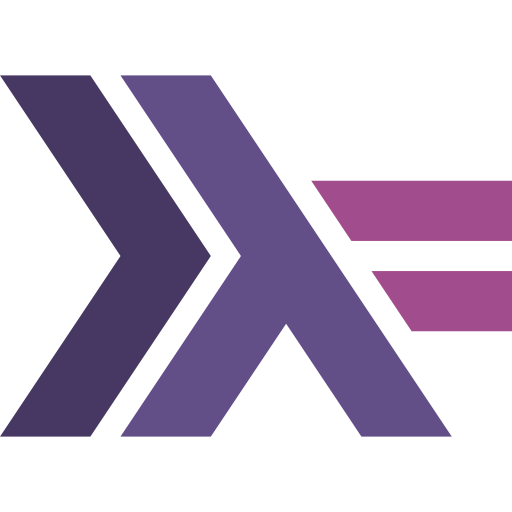
Haskell is a programming language built on Lambda Calculus. It works in a functional paradigm unlike most modern programming languages, which take a more intuitive outlook. This makes it a hard programming language to learn for modern developers.
Applications of Haskell
- Extensively used to write powerful C codes for application development
- Academic and research purposes
- Industrial development
- Data processing and software testing
Why Haskell is Tough
- The syntax uses abrupt words
- Very difficult to identify errors and correct them
- More about focused, clear, and mapped thinking than actual coding
- Huge jargon making it difficult to figure out
Check out an example of the Hello World Program in Haskell
10. Malbolge
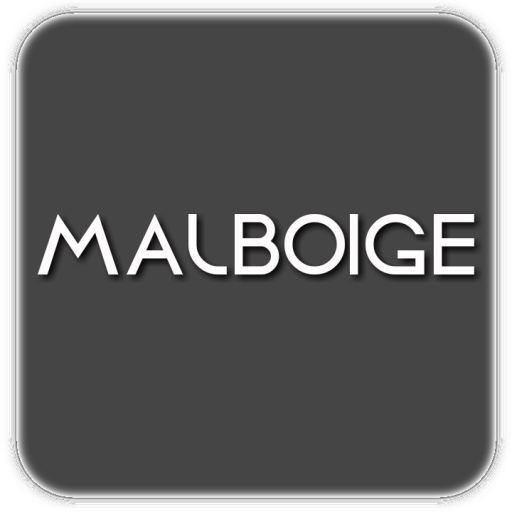
Malbolge is one of the esoteric programming languages. Hence, it’s intended to be impossibly challenging to learn. The first Malbolge program wasn’t completed until two years after its creation. It was done by a compiler based on Lisp.
Malbolge is a self-evolving language whose syntax is almost impossible to comprehend because of the lack of white spaces or coherent words at all.
Applications of Malbolge
- Although a few programs were written with Malbolge, it’s simply impractical to use if you can’t understand the syntax or the logic. This makes it the hardest programming language for anyone to work with.
Why Malbolge is Tough
- Syntax almost can’t be understood
- Language self-alteration leads to undefined or unexpected behavior
- Scanty learning resources available
Here’s a Hello World Program in Malbolge.
Which Programming Language Should You Learn?
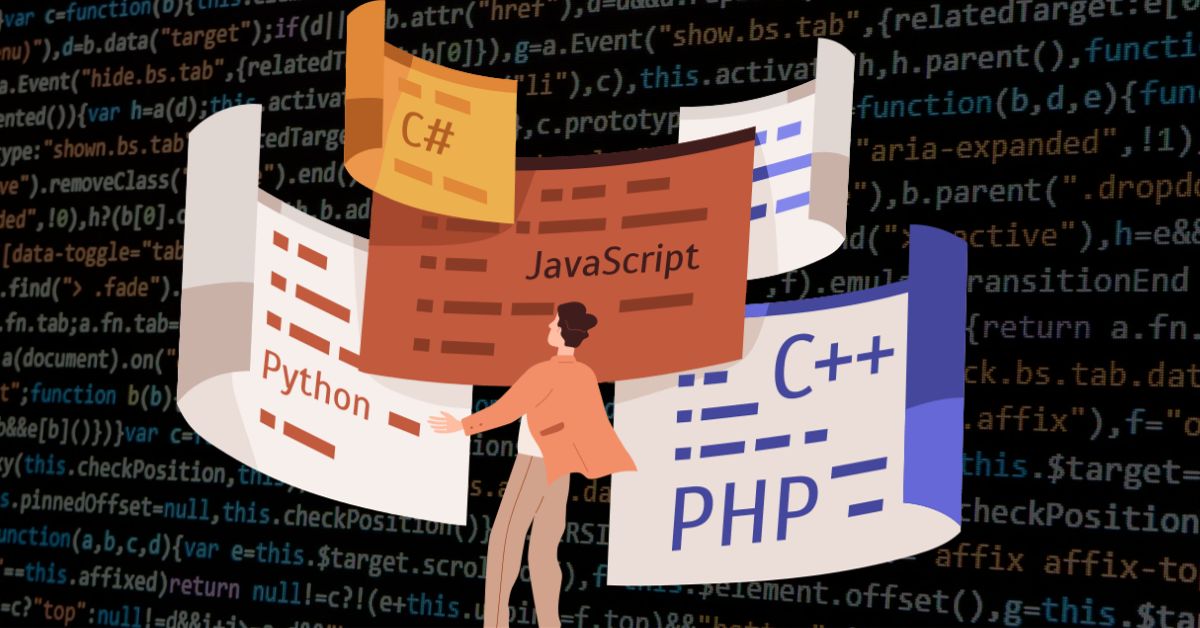
Choosing the best programming language to learn could be a task for a newbie. Although there are numerous coding boot camps, online tech courses, videos, books, and websites to learn coding, you can keep the following factors in mind before choosing a language to learn:
1. Intention
You must know your aim of learning a programming language before beginning your learning journey. Some languages are more memory-focused, while some may focus on ease of access or running efficiency.
If you just wish to learn a language to gain a skill or for personal use, you can opt for a fairly easy language and work your way up. The best programming languages for the job could be one with widespread acceptance or requiring high expertise.
2. Use Case
Each programming language has its own use. Different languages are used to train AI models, write programs for low-level devices, web development, application development, data science, analytics, game development, and software development.
Before selecting a programming language, you must know what you’re looking to build, and then decide accordingly based on your skills and understanding.
3. Difficulty Level
With the above list of the easiest and hardest programming languages to learn, you must have understood that each language takes some time to wrap your head around.
So, you must choose an easy language, to begin with, and then improve your skill proficiency to gain mastery of better, more complex programming languages.
4. Learning Resources and Community
In the tech world, the learning community plays a very important role in ensuring your growth. You can see which coding languages have the best or biggest community if you’re a beginner.
Similarly, you must have access to good learning resources if you are going to learn a new coding language. So, it’s wiser to choose a coding language that has easily accessible, good-quality learning resources available from the start.
Final Words
Learning new programming languages has many benefits. You gain more skills, become a better programmer, and widen your horizons in the tech world. Although, you must understand that it’s a continuous process.
One must give higher priority to learning a relevant and useful programming language rather than the simplest or toughest programming language. This would help you give meaning to your coding journey. We hope you find the easiest and hardest programming languages to learn with this article.
Learning a programming language is just the first step – what matters is how you use it! If you’re serious about building a career in software development, mastering Full Stack Development will give you an edge.
Our free Full Stack Development email course takes you through the fundamentals of frontend and backend development, databases, and deployment—so you can turn your coding skills into real-world applications. No fluff, just hands-on learning delivered straight to your inbox!
👉 [Sign Up for Free]
Easiest Programming Language to Learn FAQs
HTML, CSS, PHP, JavaScript, GoLang, R, Ruby, Python, and C are considered to be the easiest programming languages to learn for beginners.
They have simple syntax with words closer to the English language and are fairly popular, thus enabling good availability of learning opportunities.
HTML, CSS, and JavaScript are fairly among the easiest programming languages to start coding. Afterward, you can take up coding Bootcamps or certificate courses to learn more deeply.
Most esoteric programming languages like Malbolge, Cow, Whitespace, etc. are considered the hardest coding languages to learn with close to no applications or advantages.
HTML, CSS, JavaScript, and C are among the coding languages you should learn first before moving to more extensive programming languages.
It could take anywhere around a month to a couple of years to learn to code and gain proficiency in a programming language, based on its difficulty and skills required to learn the same.
The key is to keep practicing and challenging yourself to get better.
























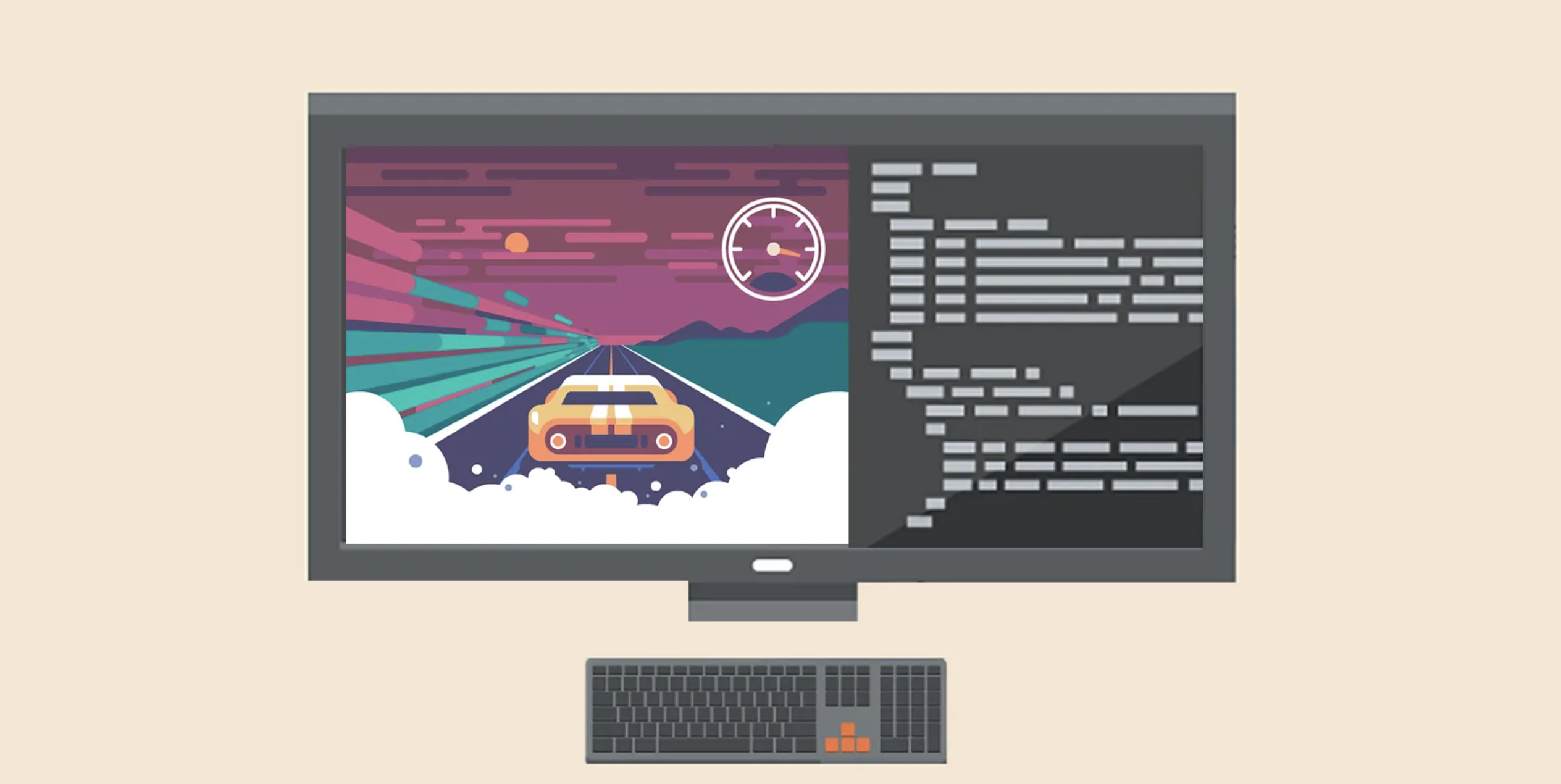
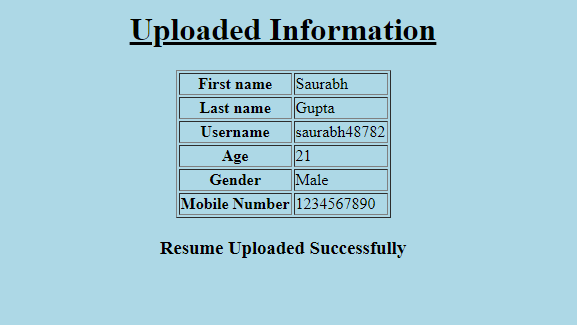
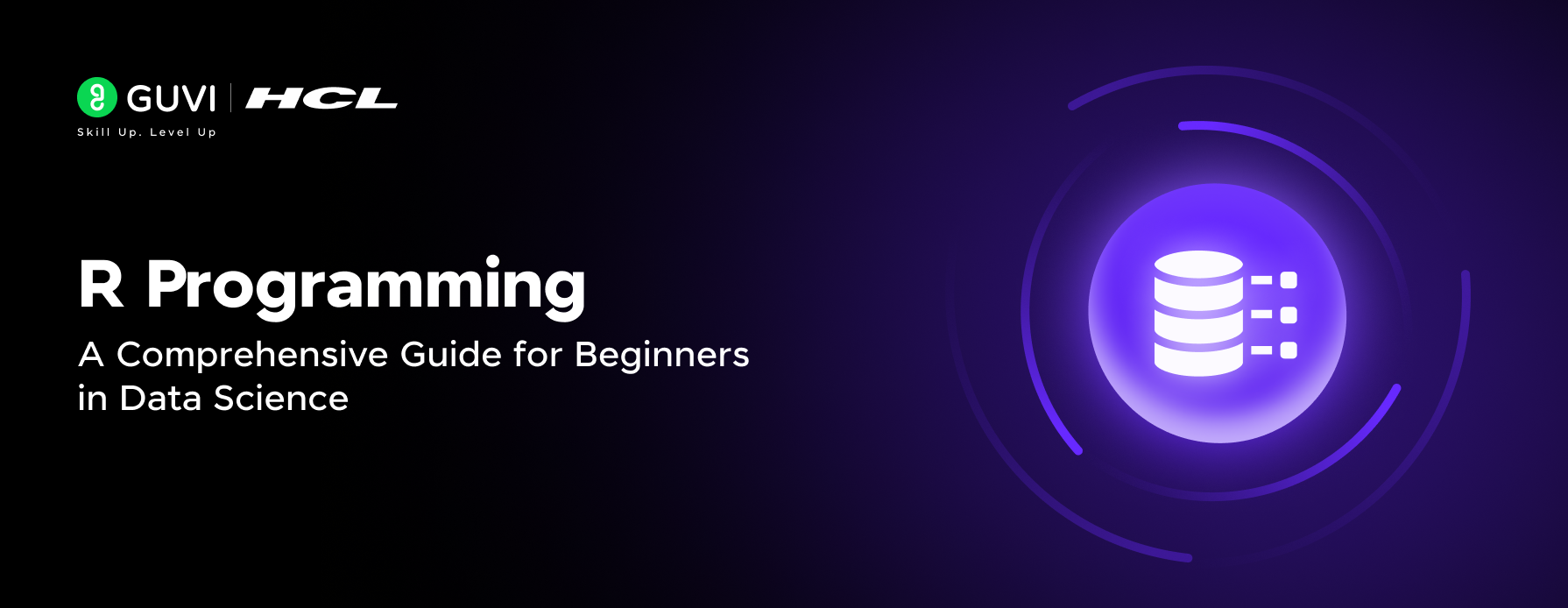


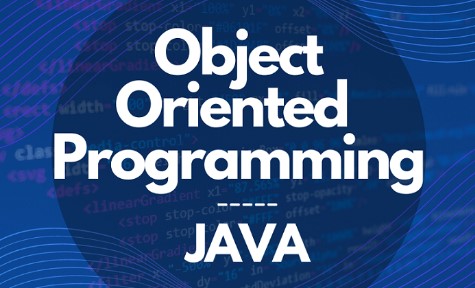

Awesome
Very helpful insights. I wish to maintain connection with you as I start a new career in coding. Thanks a great deal.
Dear madam, your article is helpful to me i want to learn javascript. ,
Give about java script
JavaScript
Liked it succinct
It was very helpful for me. I will strive without regret~
like this information
I’m a new coder and looking for direction
Thankyou sir or mam